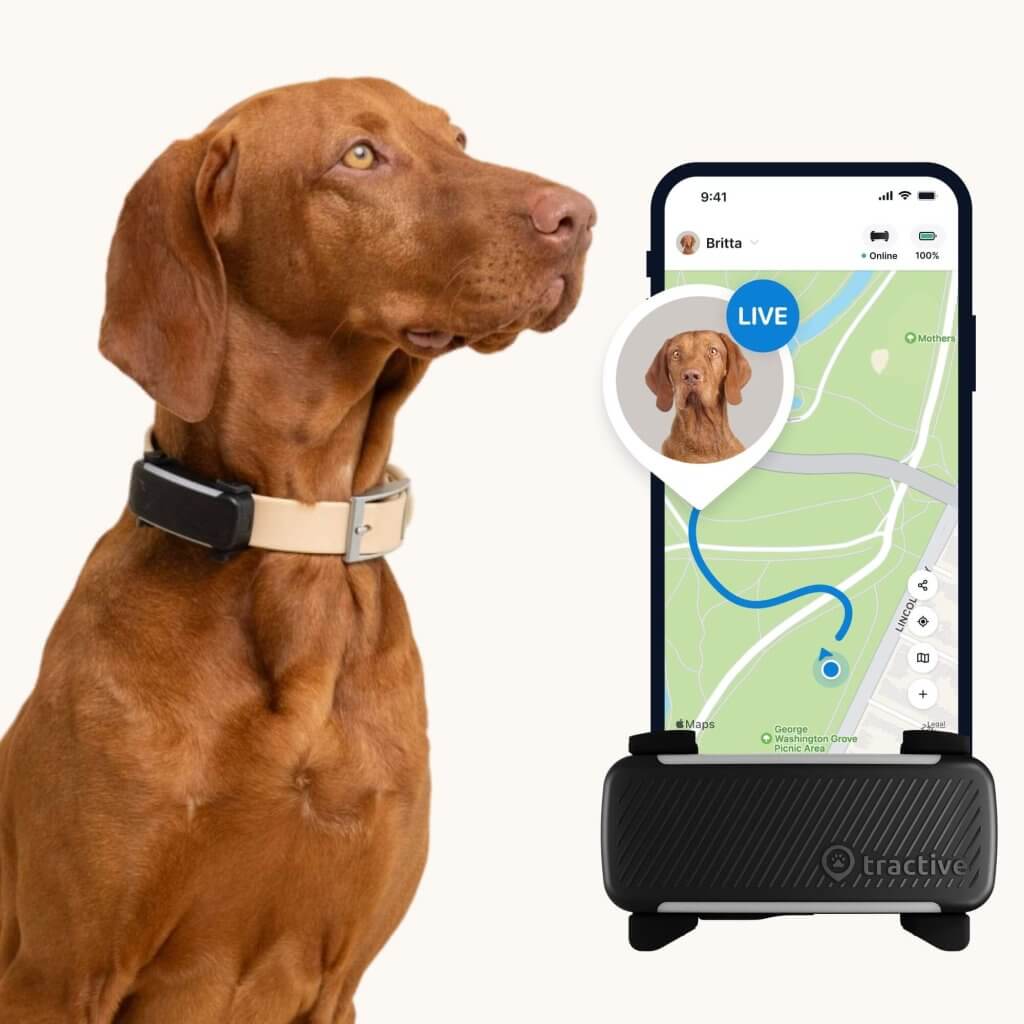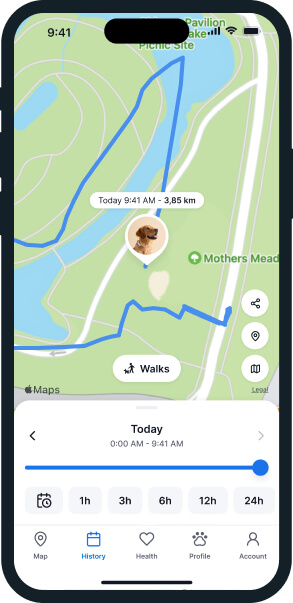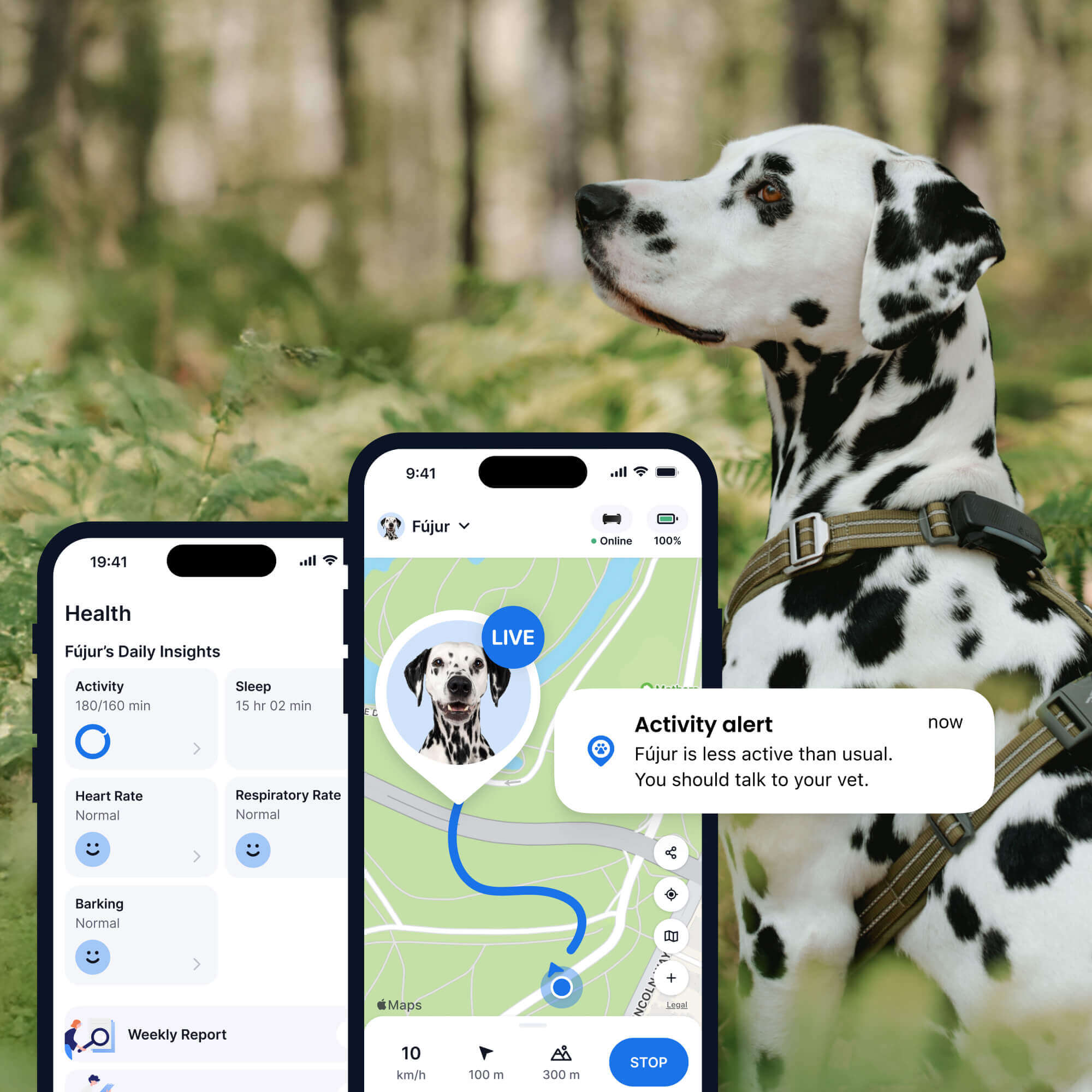How To Deal With Bug Bites On Dogs
Annoying at best, life-threatening at worst - there's always the chance your poor buddy might run afoul of a swarm of bees, upset the local tick population, or run into other pesky critters. Here's how to deal with them.

You’ve taken your first aid lessons, learnt what foods to avoid while out hiking or camping with your buddy…but what about bug bites on dogs? While, most are fairly harmless, in some cases, others might just trigger an allergic reaction or end up way more serious than you expect. So here’s what signs to look out for, how to react right away, and how to figure out what bug-prone zones your dog’s busy sniffing around in.
Key Takeaways
You might not always see an insect bite on your dog right away, but you might notice them scratching a lot or acting restless. Sometimes, a bug bite can even cause swelling or trouble breathing, so you should always keep an eye out for these signs.
If you think your dog has been bitten by a bug, gently remove any stingers or ticks you see – ASAP. Put a cold cloth on the spot to reduce swelling. Head to your vet if their symptoms persist beyond 15 minutes.
You can prevent bug bites on dogs by avoid walking in tall grassy areas. Also make sure they have up-to-date flea and tick medicine.
The Tractive smart dog tracker can help you keep your dog safe from bug bites. The tracker’s map shows where your dog goes, so you can find and avoid “bug-prone zones” where they might be getting bitten.

Always know your buddy is healthy & safe
Read moreHow dangerous are bug bites on dogs?
Normally, bug bites on dogs aren’t the most dangerous problem you might run into outdoors. But it does depend on the type of insect and where they’ve bitten your dog that can end up being more serious than annoying. For example:
- Bees, wasps, and hornets.
These bugs might cause pain and swelling from their stings – but these bites usually aren’t dangerous. Just watch out if your buddy has multiple stings in their mouth or throat area, since these may pose the risk of suffocation. Get your dog to a vet right away if you notice these. - Mosquitoes.
Usually more annoying than dangerous, but may pass on harmful diseases to your dog. Including heartworm and leishmaniasis. - Ticks.
Tick bites are painless, but ticks themselves are persistent little critters and often latch on to your dog’s skin to feed on them indefinitely. They can also spread harmful diseases like Lyme diseases, TBE, and anaplasmosis. - Fleas.
Flea bites can cause severe itching and skin irritation. Your dog might be allergic to flea saliva, which can worsen their skin problems. Fleas can also spread harmful diseases like tapeworm. So it’s important to get your buddy (and all other pets at home) to a vet if you notice them scratching themselves excessively. - Ants.
Some species of ants, like fire ants, can cause painful stings that lead to swelling and irritation. - Flies.
Some species of fly, like deer louse flies, resemble conventional houseflies – but their bites might lead to swelling, severe itching, and pain.
💡A smart dog tracker with real-time GPS tracking can help you figure out what spots in your neighborhood your dog might be coming home extra itchy from. Plus, you can mark these as “no go zones” and get an alert on your phone if your dog ventures into them. If your dog likes to, say, spend most of their day in a certain patch of your backyard or in the woods bordering your property, you’re now that much better informed where they might be running into bugs.

Follow your dog anywhere
Get real-time location information, wherever they go. And find out when they try to make an escape, or just when they go somewhere they shouldn’t, with Virtual Fences.
What are the signs of bug bites on dogs?
- Any behavioral changes in your dog, including restlessness, pacing, swatting at their ears, or shaking their heads. In some cases, your dog might rub their faces against the floor or vocalize more, barking or even howling to express their discomfort.
- Other signs your dog isn’t feeling well, including lethargy
- Swelling and redness at the site of the bite
- Excessive itching
- Intense licking of the affected area
- Drooling (which might occur if your poor dog’s landed a bite in their oral cavity!)
- Limping (if your dog’s gotten a sting on their paws)
- Breathing difficulties (if your dog’s been stung in the mouth and throat)
- And in some cases, anaphylactic shock (e.g. in the case of wasp stings)
How can I tell if my dog is having an allergic reaction?
Unfortunately, some dogs can be allergic to bites and stings from a whole bunch of insects. Including bees, wasps, hornets, but even ants, horseflies, and spiders. Here are some symptoms to keep an eye out for:
| Mild allergic reactions might show up as: | Severe allergic reactions might show up as: |
| Redness and swelling at the bite zone | Swelling that spreads beyond the bite zone |
| Itching and scratching | Hives on the skin |
| Mild pain or discomfort | Difficulty breathing, wheezing, or coughing |
| Trembling or cramps | |
| Other signs of illness, including vomiting, diarrhea, lethargy, or even fainting |
⚠️ If you’ve noticed any severe allergic reactions, get your dog to a vet right away – they can be life-threatening and need immediate medical attention!
How to deal with bug bites on dogs’ mouths or throats
An insect bite or sting on your dog’s mouth or throat opens up their risk for suffocating. Watch out for signs like:
- Excessive coughing and gagging, as it trying to remove something from the throat
- Drooling and foaming around the mouth
- Severe swelling around your dog’s mouth, lips, tongue or face
- Difficulty breathing, rapid, shallow breathing, or excessive panting
- Excessive rubbing around the mouth with the paws
Luckily, not all bee stings are life-threatening. But if you’ve found the stinger still lodged in your dog’s skin (especially around their throat), get your dog to a vet to remove it immediately.
First aid for bug bites on dogs: Steps you can take
If you suspect your buddy’s showing any signs of allergy or severe bites, do your best to stay calm. Keep an eye out for any behavioral changes in your dog – including any allergic reactions. If any mild symptoms don’t subside within 15 minutes, get them to a vet immediately.
The right kind of first aid for bug bites on dogs depends on the type of insect – and the type of bite. If you’re dealing with a tick, it’s important to remove it as soon as possible to prevent the spread of harmful diseases. Here’s how to remove a tick safely from your dog at home.
If your dog has been stung by a bee, it’s important to carefully remove the stinger. Use a flat, hard object (like a bank card or your fingernail) to scrape out the stinger. Avoid squeezing it with tools like tweezers, since this might spread any remaining venom to your dog. Apply a cold, damp cloth to any bite zones, especially if they’re still warm and swollen. In all cases, avoid giving your dog any medication or products designed for humans. Many of these include harmful chemical and other ingredients that might be toxic to dogs.
Keep an eye out for your dog’s symptoms and ideally, take a video or pictures to show to your vet. If your buddy has a confirmed allergy, your vet can put together a customized emergency first-aid kit.
Read more: How To Whip Up (And Use) A Dog First Aid Kit
Steps you can take to prevent bug bites on dogs
Try and avoid tall, dense grasses on your outdoor walks. Ticks tend to hang out in areas like these, along with other critters. Likewise, areas with fresh flowers or trees with ripe fruit might attract bees and wasps. If your dog is in the habit of snapping or swatting at insects, try and keep them distracted with a toy or a game instead.
Don’t skip out on your dogs’ regular flea and tick prevention. These might include spot-on treatments and other medication that your vet can best advise you on. Wash your dog’s paws and ears thoroughly after walks outdoors. Regular grooming and brushing can help you pick up on any critters still clinging to your dog’s fur (and any bites) much in advance.)
Finally, keep your dog’s food and water bowls indoors to prevent any insects from buzzing around them.
Where a smart dog tracker can help
If your dog is coming home super itchy or with a suspicious bite, you’re probably racking your brain trying to figure out where they picked it up. A Tractive smart dog tracker can be an incredibly useful tool for playing detective and keeping your dog healthy.
Strapped to your dog’s collar or harness, you can now:
Figure out where your dog is spending most of their time
Was your dog at the park, or did they spend some time wandering in a bushy area? With Tractive’s Location History feature, you can see a detailed map of your dog’s movements. The Heatmap will even show you exactly where they spent the most time. If you notice a pattern – like they’re always extra itchy after visiting a certain part of the yard or a specific trail – you can pinpoint that spot as a potential bug breeding ground. Once you’ve found these spots, you can mark them as “no-go zones” within the app to help your dog avoid them in the future.

Share a “danger” report with your community
Tractive also has a cool feature called Danger Reports. If you discover a patch of tall weeds or a tick-heavy area, you can report it directly in the Tractive app. This creates a visible alert on the map for other Tractive users in your area, helping a whole community of dog parents keep their pets safe. It’s a great way to look out for each other and make sure everyone’s furry friends can stay happy and healthy.

Keep an eye on their health
Beyond location, Tractive helps you monitor your dog’s overall well-being. The Health Alerts will let you know if there are any sudden changes in your dog’s activity or sleep patterns. If they’re restless at night because of an irritating bite, or if they’re more lethargic than usual, you’ll get an alert. You can also monitor vital signs like their resting heart and respiratory rates, which can be an early indicator that something is off. By catching these subtle changes, you can get to the vet sooner and get your dog the relief they need.
And if you’ve liked this post, share it with a friend or a loved one – and let’s help build a safer, kinder world for our furry friends together.




